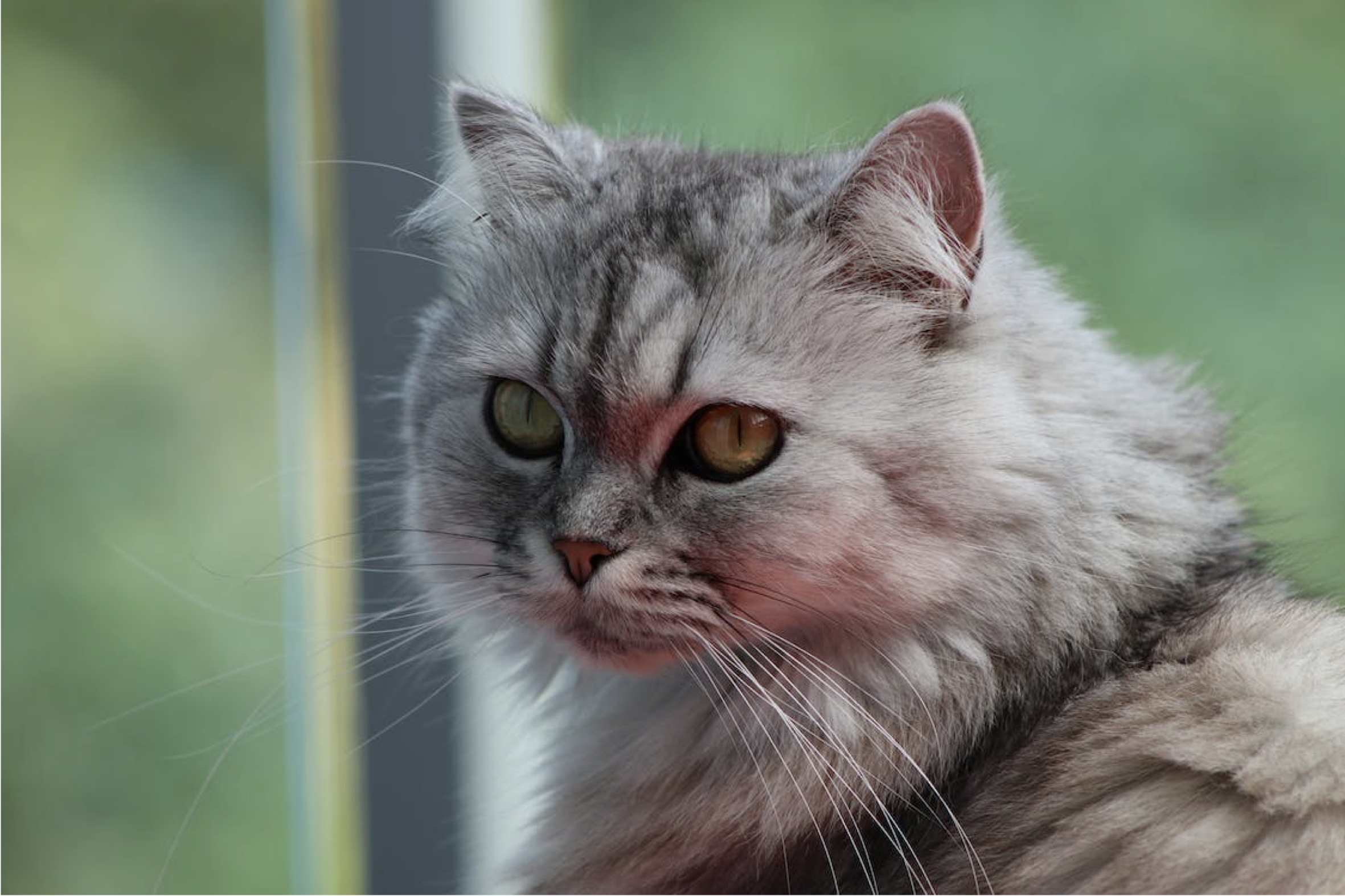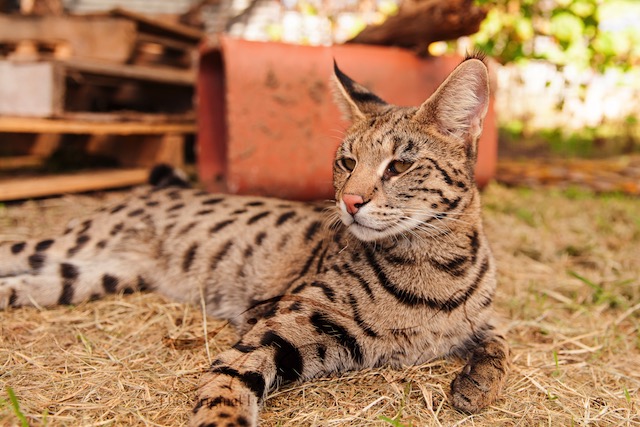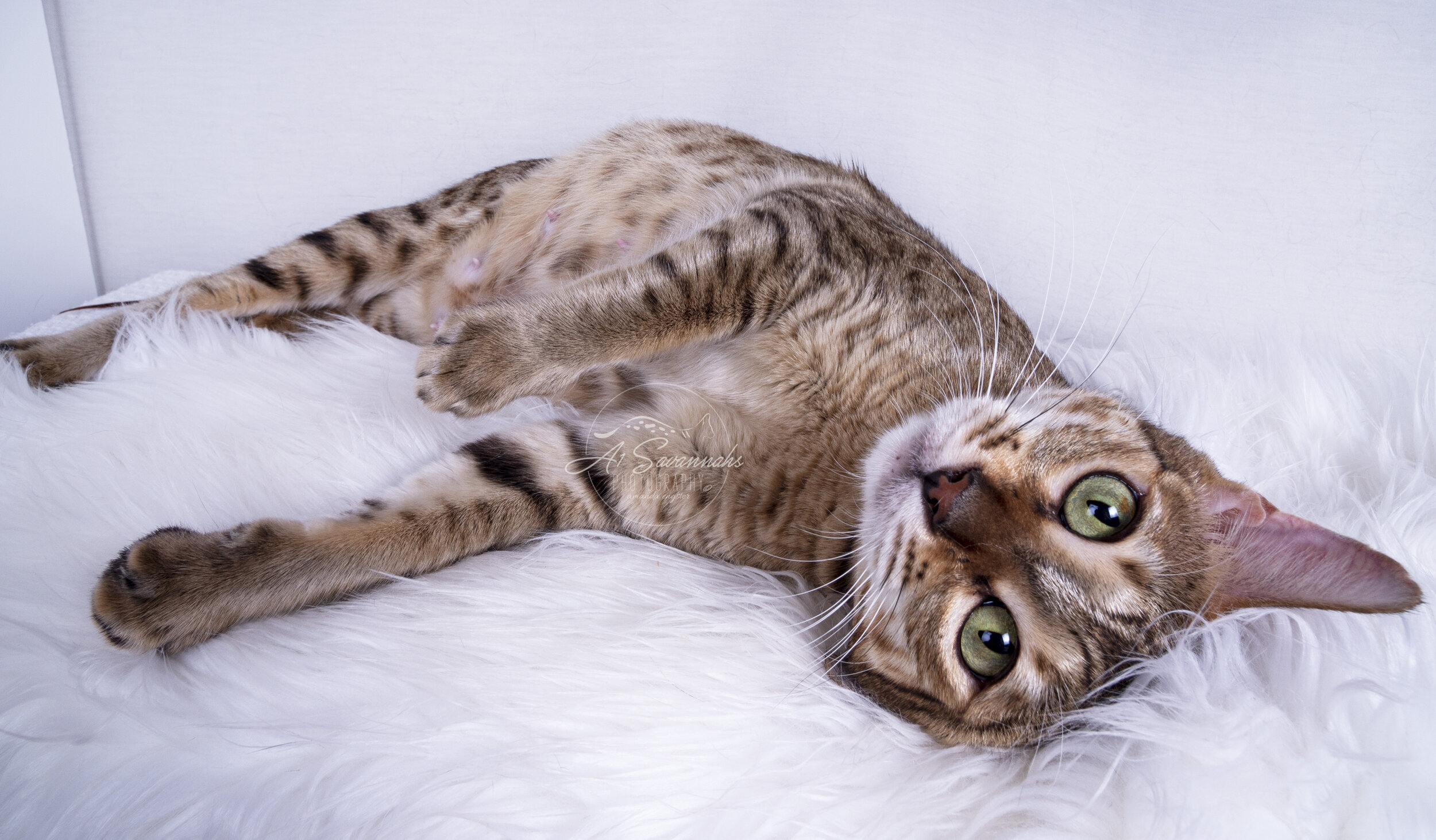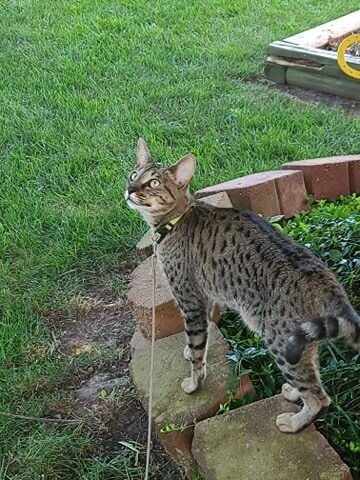In recent years, there has been a growing interest in the potential healing power of CBD (cannabidiol) for various health conditions, and this interest extends to everyone’s beloved four-legged companions. Dogs, in particular, have benefited from CBD as a natural alternative to alleviate various ailments, including cancer. This article delves into the promising potential of CBD in offering hope and relief to dogs diagnosed with cancer, exploring the science behind it, its benefits, and how it’s making a difference in the lives of furry friends and their owners.
Understanding CBD and Its Mechanism:
To comprehend how cbd for dogs with cancer can aid in their well-being, it’s crucial to understand what it is and how it works. CBD, short for cannabidiol, is a non-psychoactive compound derived from the cannabis plant. It interacts with the endocannabinoid system, which regulates various bodily functions, including immune response, inflammation, and pain perception.
Reducing Pain and Discomfort:
One of the most remarkable advantages of it is its ability to ease the pain and discomfort linked to the disease. Cancer frequently induces discomfort through inflammation and pressure on adjacent tissues. It can mitigate this by reducing inflammation and serving as a natural pain reliever, enhancing the dog’s comfort throughout treatment.
Managing Anxiety and Stress:
A cancer diagnosis can instill anxiety and stress in dogs and their caring owners. It has demonstrated its potential in alleviating anxiety and fostering a state of tranquility in dogs. This is especially significant during treatment, as a composed and stress-free dog may exhibit improved responses to therapies.
Boosting Appetite and Nausea Control:
Cancer treatments can sometimes result in a loss of appetite and bouts of nausea in dogs, which can, in turn, undermine their overall well-being. It can play a role in stimulating their appetite and mitigating nausea, enabling them to sustain a healthy weight and enhance their quality of life throughout their treatment.
Supporting the Immune System:
A robust immune system is crucial for dogs battling cancer. It has been suggested to have immune-boosting properties, which can help dogs fight the disease more effectively. Modulating the immune response may enhance the body’s natural ability to combat cancer cells.
Case Studies and Success Stories:
There have been numerous heartwarming stories of dogs with cancer experiencing significant improvements in their condition after incorporating it into their treatment plans. These anecdotal accounts are backed by emerging research that indicates the potential benefits of it in cancer management for dogs.
Dosage and Safety Considerations:
When considering using cbd for dogs with cancer, consulting with a veterinarian experienced in holistic or integrative medicine is essential. They can guide the appropriate dosage and ensure that the chosen product is safe and of high quality. Using it as a complementary therapy alongside conventional cancer treatments rather than a replacement is crucial.
Conclusion:
The healing power of this offers a new ray of hope for dogs diagnosed with cancer. By alleviating pain and discomfort, reducing anxiety, stimulating appetite, and bolstering the immune system, it can significantly enhance the quality of life for dogs confronting this formidable disease. While the science behind its benefits for dogs with cancer is still evolving, the numerous success stories and positive outcomes are promising.
Being a responsible pet owner, it’s crucial to approach CBD therapy for dogs with cancer with due persistence and seek advice from a qualified veterinarian. When administered with proper guidance and care, it can complement their treatment regimen, offering comfort and support throughout their battle against cancer. As ongoing research reveals more about its extensive potential, there’s renewed optimism that furry ones can confront their cancer diagnosis with grit and resilience, supported by the therapeutic properties of this remarkable compound.














